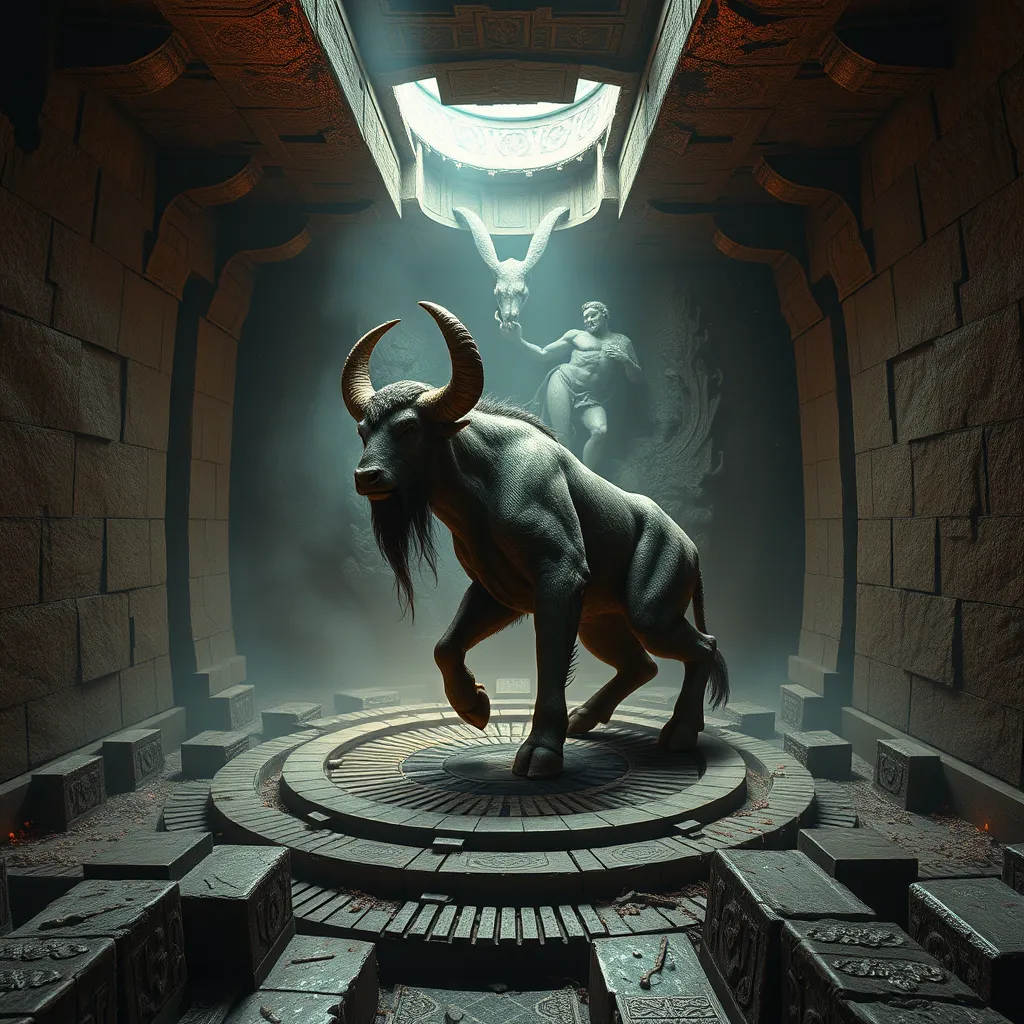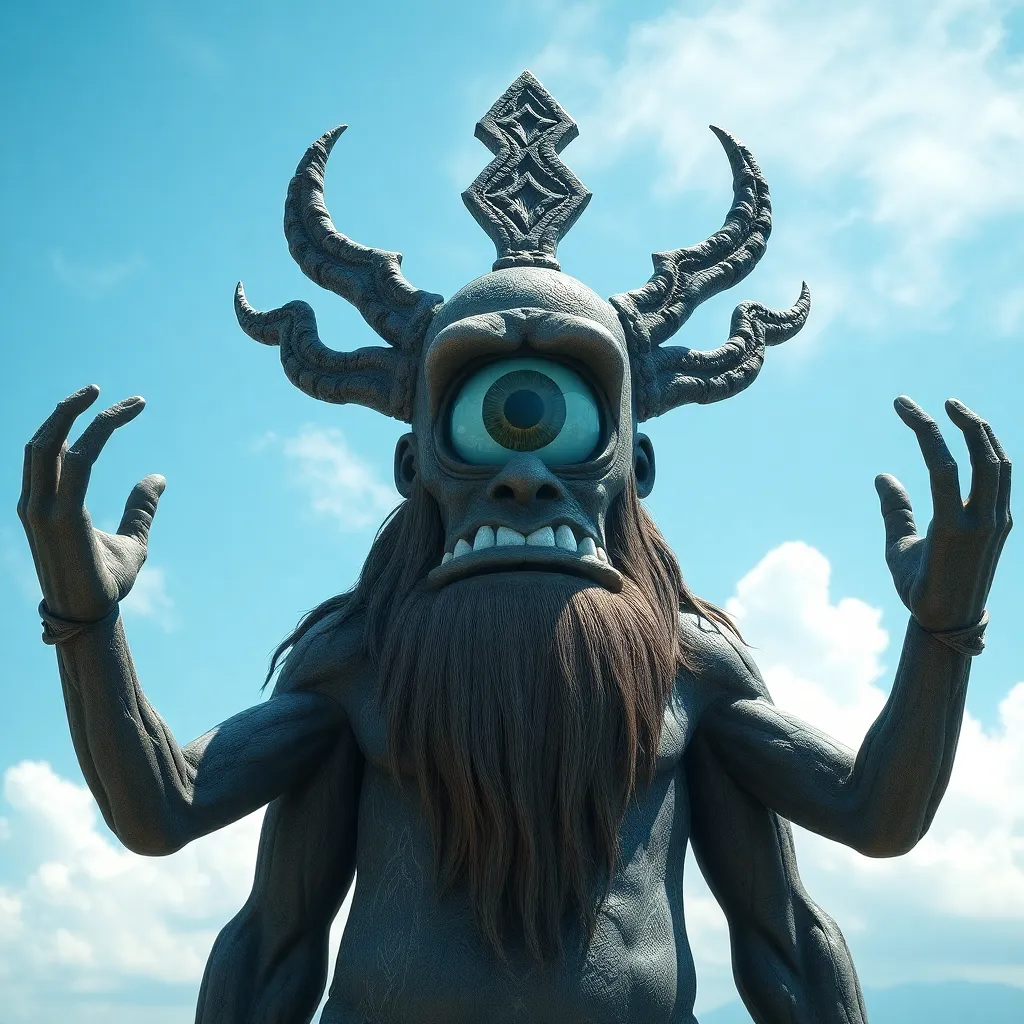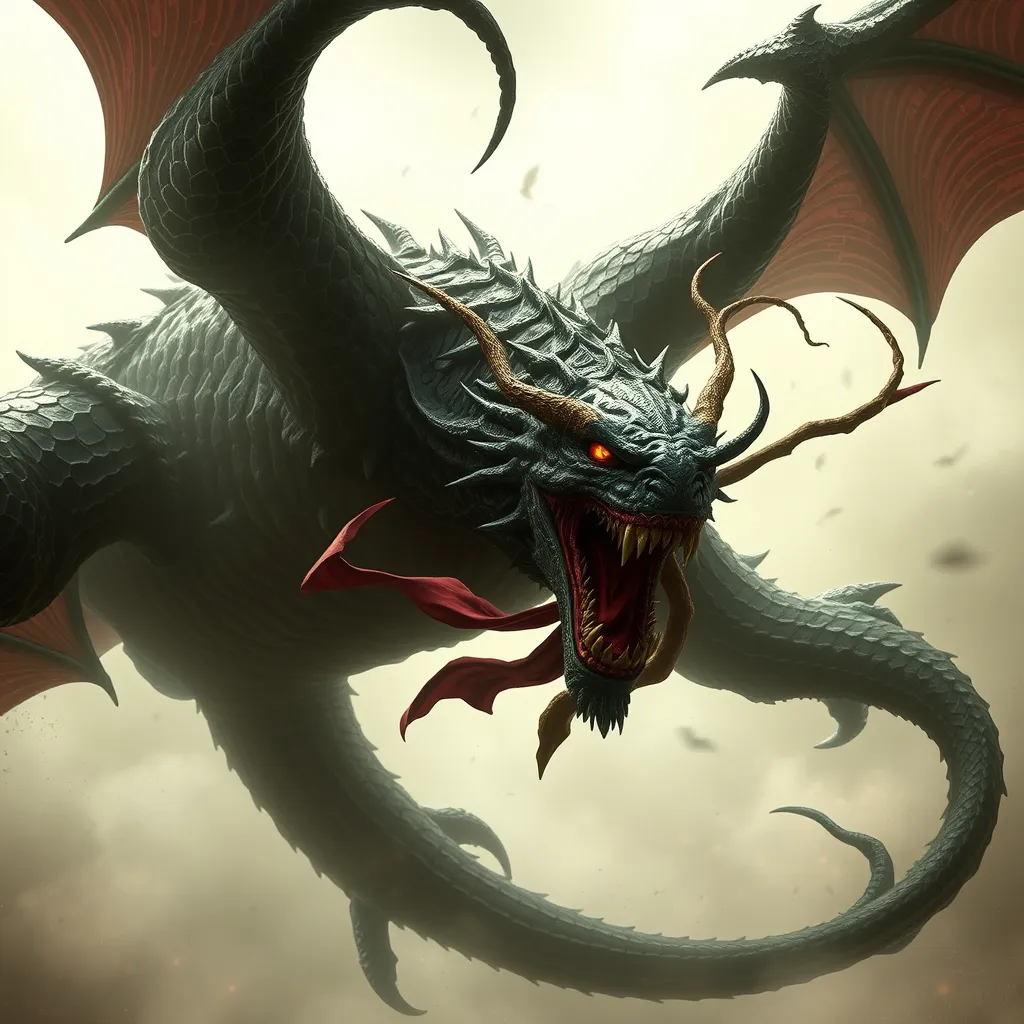The Curse of the Labyrinth: Examining the Role of Destiny in the Minotaur Myth
I. Introduction
The myth of the Minotaur is one of the most enduring tales from ancient Greek mythology, encapsulating themes of bravery, sacrifice, and the intricate nature of fate. At its heart lies the story of a monstrous creature, the Minotaur, trapped in a labyrinth designed by the architect Daedalus, and the hero Theseus, who seeks to confront this beast. The labyrinth itself is a powerful symbol of complexity and entrapment, reflecting the struggles of its characters.
Destiny, or fate, plays a significant role in this myth and is a common thread throughout ancient mythology. It raises questions about the extent to which our lives are predetermined by forces beyond our control and how much agency we possess in shaping our own destinies. This article aims to explore the interplay between destiny and the labyrinth in the Minotaur myth, examining how these elements intertwine to provide deeper insights into the human experience.
II. Historical Context of the Minotaur Myth
The origins of the Minotaur myth can be traced back to the Minoan culture of ancient Crete. Archaeological evidence suggests that the labyrinth may have been inspired by the complex architecture of the Palace of Knossos. This myth was not merely a tale of good versus evil; it reflected the social and cultural dynamics of the time.
Key figures in this myth include:
- Theseus: The heroic prince of Athens who volunteers to face the Minotaur.
- Ariadne: The daughter of King Minos, who aids Theseus in navigating the labyrinth.
- The Minotaur: A half-man, half-bull creature that represents the darker aspects of human nature.
The labyrinth, as a symbol, represents both physical and psychological complexity, signifying entrapment not just in a physical space but also in the web of destiny and choices faced by the characters.
III. The Concept of Destiny in Greek Mythology
In ancient Greece, the concept of destiny, known as Moira, was considered an inescapable force that governed the lives of mortals. The Greeks held a profound belief in fate, which often overshadowed the notion of free will. This raises important questions about the nature of human agency.
Key points regarding destiny in Greek mythology include:
- Definition and significance: Moira was seen as an essential aspect of existence, dictating the life paths of all beings.
- Comparison with free will: While humans could make choices, these choices were often seen as ultimately influenced by fate.
- Role of oracles: Oracles and prophecies were significant in shaping the destinies of characters, often foretelling events that could not be avoided.
IV. The Labyrinth as a Metaphor for Destiny
The intricate design of the labyrinth serves as a powerful metaphor for the concept of destiny. It signifies the complex pathways that individuals must navigate in their lives, often filled with uncertainty and challenges.
In the journey of Theseus, we see a compelling interplay between choice and fate:
- Choice: Theseus chooses to enter the labyrinth, volunteering to confront the Minotaur, demonstrating human agency.
- Fate: However, his decision is influenced by the prophecy and the societal expectations of his role as a hero.
The Minotaur represents an unavoidable destiny—the dark and fearsome aspects of life that one must confront. In this way, the labyrinth embodies the struggle between embracing one’s fate and the desire to forge one’s own path.
V. The Role of Divine Intervention
The influence of the gods is a recurring theme in the Minotaur myth, highlighting the relationship between divine will and human actions. The gods often intervene in the lives of mortals, shaping their destinies in ways that are both benevolent and capricious.
Ariadne’s thread serves as a powerful symbol of guidance and fate. It represents the divine assistance that can help navigate the complexities of life:
- Guidance: Ariadne provides Theseus with a ball of thread to find his way out of the labyrinth, symbolizing the importance of support in navigating one’s destiny.
- Fate: This act also underscores the idea that while individuals may have the power to choose, they often rely on external assistance to realize their paths.
This intersection of divine intervention and human agency emphasizes the delicate balance between fate and choice in the myth.
VI. Interpretations of the Minotaur Myth Through a Modern Lens
Modern psychological perspectives often interpret the labyrinth and the Minotaur as representations of internal struggles. The labyrinth can symbolize the complexities of the human psyche, while the Minotaur may represent the fears and challenges one must confront.
Literary adaptations of the Minotaur myth also reflect contemporary themes of destiny:
- Existentialism: Many modern retellings explore the tension between free will and determinism.
- Psychological narratives: The Minotaur is sometimes viewed as a metaphor for repressed desires and the struggles of identity.
The ongoing relevance of the myth encourages reflection on personal journeys and the myriad labyrinths we navigate in our lives.
VII. The Legacy of the Minotaur Myth
The Minotaur myth has left a profound impact on art, literature, and popular culture. Its themes of destiny and choice resonate across generations, inspiring countless interpretations:
- Art: Artists have depicted the Minotaur and the labyrinth in various forms, exploring its psychological and symbolic meanings.
- Literature: Authors have reimagined the myth, using it as a framework to discuss contemporary issues of identity and agency.
- Popular culture: The Minotaur has appeared in films, video games, and other media, reflecting our continued fascination with these themes.
These themes remain relevant, providing valuable insights into the human condition and the choices we face.
VIII. Conclusion
In summary, the Minotaur myth serves as a rich tapestry of themes surrounding destiny, choice, and the complexities of the human experience. The labyrinth symbolizes the intricate paths we navigate, while the Minotaur embodies the challenges and fears we must confront.
As we reflect on these elements, we are reminded of the implications of the labyrinth as a metaphor for life. Each of us navigates our own labyrinth, grappling with the forces of destiny and the choices we make along the way. This timeless tale encourages us to ponder our journeys and the intricate interplay of fate and free will.
Ultimately, the Minotaur myth invites us to reflect on our personal labyrinths and the destinies we forge within them.



